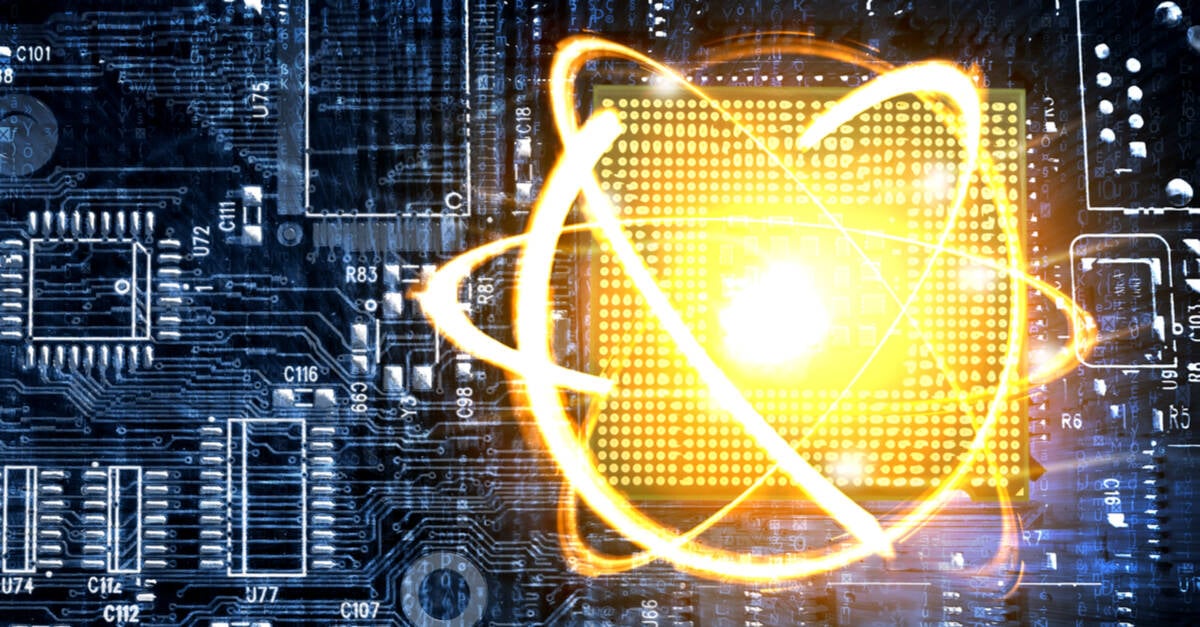India Gives Itself A Mission To Develop A 1000-qubit Quantum Computer In Just Eight Years

India’s government has signed off on a ₹6003.65 crore ($730 million) plan to make the nation a quantum computing and communications power by the year 2031.
The National Quantum Mission (NQM) aims to deliver intermediate scale quantum computers with 50-1000 physical qubits within eight years.
Doing so would be a mighty achievement but would not represent a quantum leap: IBM’s Osprey quantum computer boasts 433 qubits, and big blue plans a machine powered by over 4,000 qubits by 2025.
Despite the NQM’s targets not placing it on top of global rankings in terms of sheer quantum processing power, the Mission’s aim is to “make India one of the leading nations in the development of Quantum Technologies & Applications (QTA).”
The program therefore includes work on other quantum tech, including satellite based secure quantum communications between ground stations over a range of 2000 kilometers within India, long distance secure quantum communications with other countries, inter-city quantum key distribution over 2000 km, and a multi-node quantum network with quantum memories.
That’s a big improvement on India’s current QKD capability of sharing keys over distances up to 150km, as announced in 2022.
Quantum networks are, in theory, far harder to snoop on than existing techs. Quantum key distribution also enhances security by sharing encryption keys on theoretically undetectable channels.
- Post-quantum crypto cracked in an hour with one core of an ancient Xeon
- Indian military ready to put long-range quantum key distribution on the line
- BT starts commercial trial of quantum secured London network
- Xi Jinping tells China to get busy quickening quantum everything to build 'new advantages for development'
India’s tech initiatives nearly always have exports of tech and services as one goal. National security is also never far from the Indian government’s thoughts. That matters in the field of quantum computing because other nations are prioritizing the tech because, like China, they see its potentialto obliterate classical encryption and therefore expose their rivals’ and enemies’ secrets.
India’s government knows it needs to develop sovereign capacity to ensure it’s not left in a position of weakness.
The Mission will also benefit industry, as it includes plans to develop “magnetometers with high sensitivity in atomic systems and Atomic Clocks for precision timing, communications and navigation. It will also support design and synthesis of quantum materials such as superconductors, novel semiconductor structures and topological materials for fabrication of quantum devices.”
Also on the agenda are single photon sources/detectors, entangled photon sources for quantum communications, sensing and metrological applications. ®
From Chip War To Cloud War: The Next Frontier In Global Tech Competition
The global chip war, characterized by intense competition among nations and corporations for supremacy in semiconductor ... Read more
The High Stakes Of Tech Regulation: Security Risks And Market Dynamics
The influence of tech giants in the global economy continues to grow, raising crucial questions about how to balance sec... Read more
The Tyranny Of Instagram Interiors: Why It's Time To Break Free From Algorithm-Driven Aesthetics
Instagram has become a dominant force in shaping interior design trends, offering a seemingly endless stream of inspirat... Read more
The Data Crunch In AI: Strategies For Sustainability
Exploring solutions to the imminent exhaustion of internet data for AI training.As the artificial intelligence (AI) indu... Read more
Google Abandons Four-Year Effort To Remove Cookies From Chrome Browser
After four years of dedicated effort, Google has decided to abandon its plan to remove third-party cookies from its Chro... Read more
LinkedIn Embraces AI And Gamification To Drive User Engagement And Revenue
In an effort to tackle slowing revenue growth and enhance user engagement, LinkedIn is turning to artificial intelligenc... Read more

